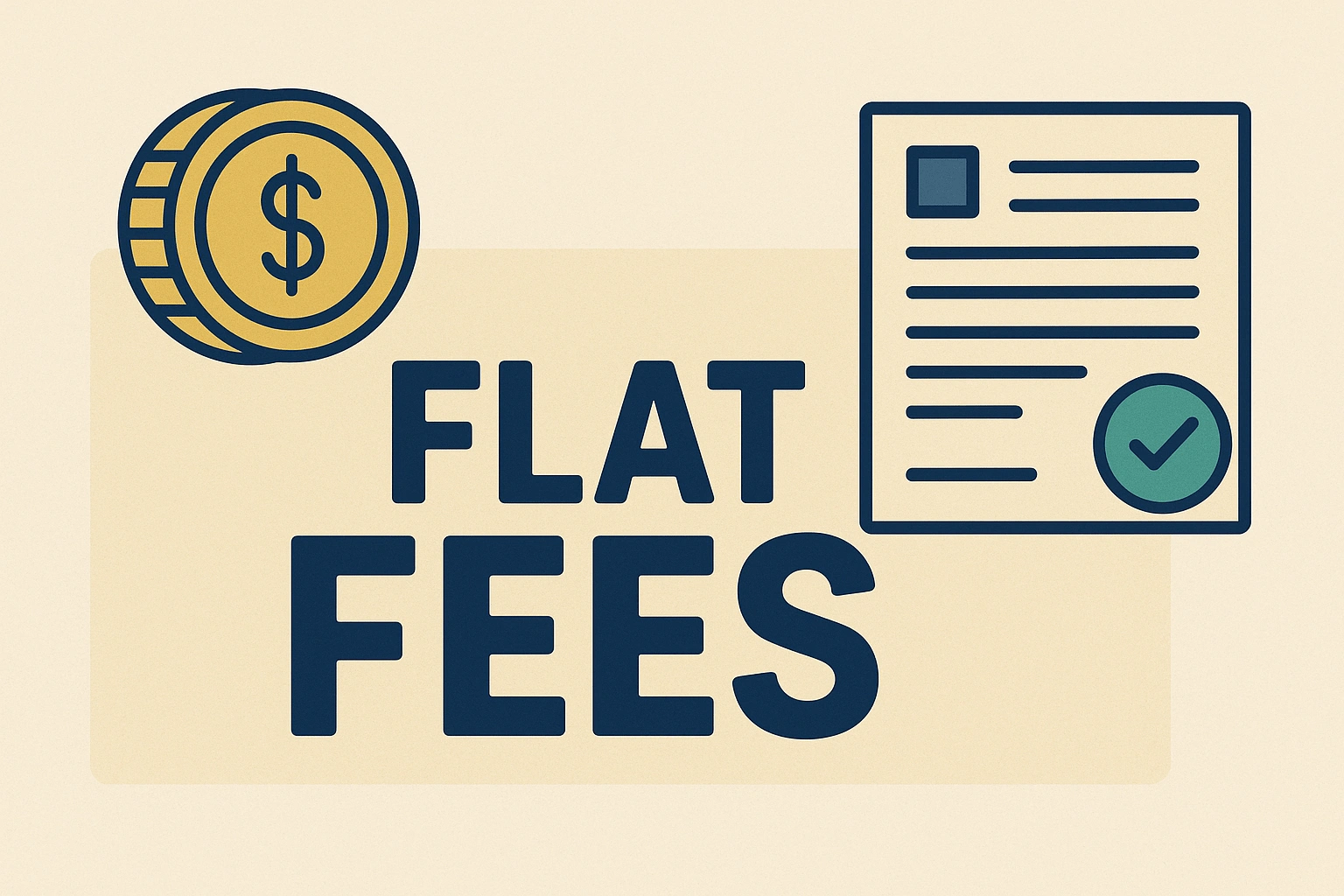If someone told you they deserved a bigger slice of your pie just because the pie got bigger—no matter who baked it, how it tasted, or whether they even helped—you’d laugh them out of the kitchen. But that’s exactly how percentage-based investment fees work. The wealth management industry has normalized this model for decades: the more money you accumulate, the more they charge—regardless of whether their advice actually made you wealthier. It’s called AUM, or “Assets Under Management,” and it typically runs at 1% of your portfolio value per year. Sounds harmless, right?
Let’s analyze further:
For instance, if you have $100,000 invested, 1% of $100,000 is $1,000 a year. 1% of $1 million is $10,000. At $5 million, 1% is $50,000. Per year. Even if your flat fee financial advisor is just plugging your funds into a model portfolio and letting the market do the heavy lifting, the cost scales up dramatically—simply because you did the hard work of saving and investing well. And here’s the real kicker: these fees are deducted quietly. You won’t see an invoice or a big red minus. They just take their slice, year after year, compounding against you.
This is the misalignment: the more successful you are, the more they charge—without doing more. Your portfolio doubles? Their income doubles. Did they work twice as hard? Unlikely. Performance and value delivery are not linked to compensation. That’s broken. You’re effectively penalized for growing your wealth. That’s not a partnership—it’s a siphon.
Now flip the model. Imagine you’re not paying a percentage at all. Instead, you pay a flat fee—simple, transparent, fixed. Whether you have $100K or $1M, your cost doesn’t climb with your balance. That’s what Openvest does. For example, you might pay $500 per year, every year, no matter how large your portfolio gets. That’s not just fair—it’s a structural upgrade. No hidden Investment fees. No creeping cost. You’re paying for the service, not your own success.

Flat fees Investment creates alignment. They’re better for budgeting. They reward long-term discipline. They take the emotional burden off the table, so you’re not constantly wondering if your advisor is rooting for your wealth or just milking it. And more importantly, they don’t eat your compounding returns. Because the thing about AUM fees is—they compound, too. Just in the wrong direction.
Take a 20-year view. Let’s say you start with $250,000 and average a 7% return annually. With a 1% AUM fee, you’ll pay over $120,000 in fees over two decades. That’s money that could’ve stayed invested. That would have built your future. With a $500/year flat fee, that’s $10,000 total. Same investment, drastically different outcome. That spread? It’s your lost opportunity.
The truth is, Wall Street hates this model. Not because it doesn’t work, but because it works too well—for you. Percentage fees are easy money. They scale endlessly without scaling effort. If enough people move to flat fees, the traditional advisory model breaks. The legacy firms don’t charge based on results—they charge based on access. That’s the old playbook. Openvest is building a new one.
This isn’t about cutting corners. It’s about cutting waste. It’s about building a system where incentives are aligned, outcomes are owned, and capital gets to stay where it belongs—with you. Openvest automates the fundamentals, removes the markup, and puts your portfolio on rails. No AUM skim. No bloat. Just real investing at a cost that doesn’t rise with your balance.
You built your portfolio. You took the risk. You made the choices. Why should anyone else collect more just because you succeeded?
Ditch the percentage drain. Keep what you earn. Build wealth on your terms.
